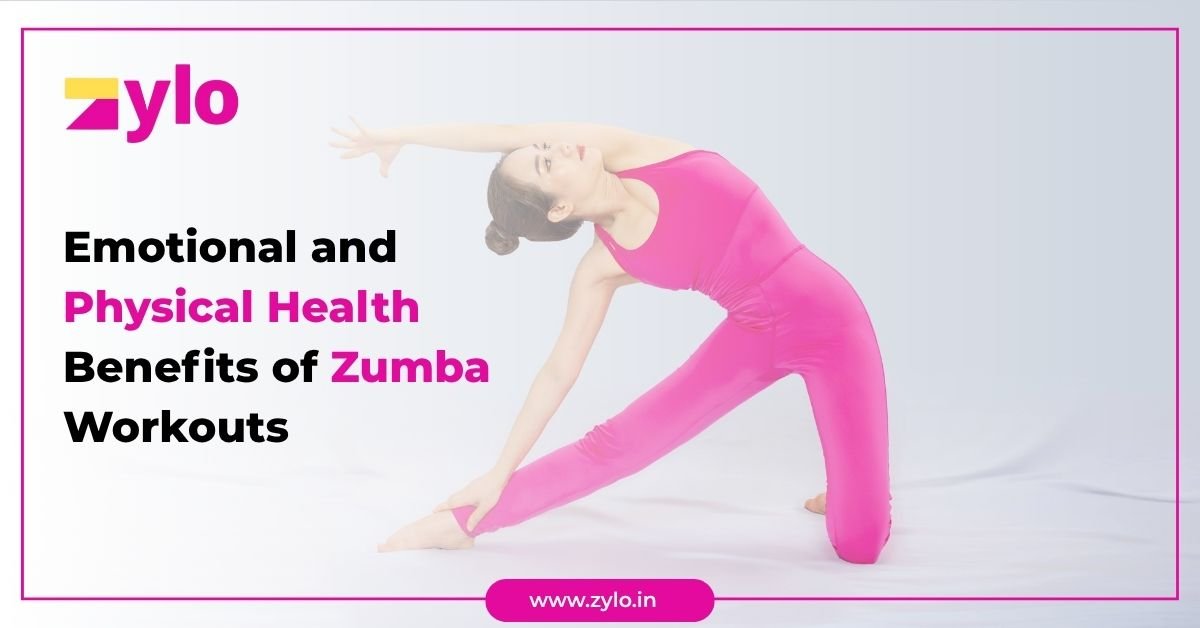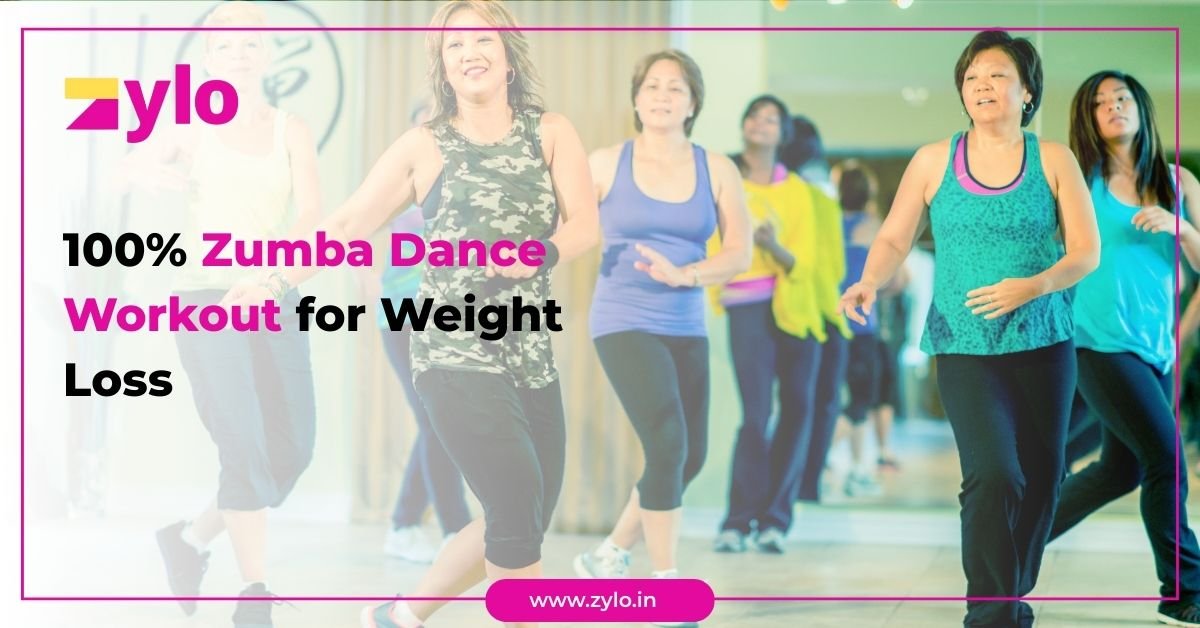Arthritis—a condition marked by joint pain and inflammation—can make everyday activities feel like a challenge. While medication and physiotherapy play a vital role in managing arthritis, more people are turning to holistic solutions like yoga to ease their discomfort. Yoga, with its gentle movements and focus on flexibility, has been shown to significantly reduce joint pain, improve mobility, and boost overall well-being. And now, with the rise of Live Yoga Classes, you can practice safely from the comfort of your home.
Let’s explore how yoga helps with arthritis, the best poses to try, precautions to take, and how live virtual sessions are making healing more accessible than ever.
Understanding Arthritis and Its Challenges
Arthritis isn’t just one disease—it’s a group of over 100 conditions that affect the joints and surrounding tissues. The most common types include:
- Osteoarthritis (OA): Caused by wear and tear on joints.
- Rheumatoid Arthritis (RA): An autoimmune disorder causing inflammation.
- Psoriatic Arthritis: Linked to the skin condition psoriasis.
Symptoms may vary but generally include:
- Joint stiffness, especially in the morning.
- Swelling and tenderness.
- Limited range of motion.
- Fatigue.
These symptoms can make physical movement seem daunting. That’s where yoga steps in—not as a replacement for treatment, but as a supportive therapy.
How Yoga Benefits Arthritis Patients
Yoga combines stretching, strengthening, balance, and breathwork. When done correctly, it provides numerous benefits for those with arthritis:
1. Improved Flexibility and Range of Motion
Arthritis often leads to joint stiffness, making movement difficult. Gentle yoga poses slowly increase flexibility and help you regain lost range of motion.
2. Reduced Joint Pain and Swelling
Certain postures can stimulate blood flow and reduce inflammation. Regular practice is associated with pain reduction over time.
3. Better Muscle Strength
Yoga strengthens the muscles around joints, providing better support and reducing pressure on bones and cartilage.
4. Enhanced Mental Health
Chronic pain can lead to anxiety and depression. Yoga’s focus on mindfulness and breathwork reduces stress, improves mood, and enhances overall mental clarity.
5. Better Posture and Body Alignment
Poor posture can worsen joint stress. Yoga teaches body awareness, encouraging healthier movements and alignment throughout the day.
Best Yoga Poses for Arthritis Relief
If you’re new to yoga, start slow. Choose gentle, low-impact poses that focus on stretching and breathing. Here are some arthritis-friendly options:
1. Cat-Cow Stretch (Marjariasana and Bitilasana)
- Increases spinal flexibility.
- Eases stiffness in the back and neck.
- Promotes circulation to the spine and joints.
2. Child’s Pose (Balasana)
- Gently stretches hips, thighs, and ankles.
- Calms the mind and body.
- Relieves fatigue.
3. Mountain Pose (Tadasana)
- Improves posture.
- Builds strength in legs and core.
- Enhances balance.
4. Bridge Pose (Setu Bandhasana)
- Strengthens the back and glutes.
- Opens the chest.
- Stimulates the thyroid, improving metabolism.
5. Seated Forward Bend (Paschimottanasana)
- Relieves stiffness in the back and hamstrings.
- Enhances flexibility.
- Encourages deep breathing.
6. Legs Up the Wall (Viparita Karani)
- Reduces swelling in the feet and legs.
- Calms the nervous system.
- Enhances circulation.
All these poses can be modified using props like cushions, blocks, or straps, making them ideal for those experiencing joint discomfort.
Safety Precautions Before Starting Yoga
Yoga can be highly beneficial, but certain precautions are necessary—especially for those with arthritis:
1. Consult Your Doctor First
Always check with your physician or rheumatologist before beginning any exercise program, including yoga.
2. Choose the Right Style
Gentle yoga styles like Hatha, Iyengar, or Chair Yoga are suitable. Avoid power yoga or fast-paced flows unless approved by your instructor.
3. Use Props for Support
Blocks, bolsters, blankets, and straps can help you achieve postures without strain. Don’t hesitate to modify a pose.
4. Know Your Limits
Yoga should never cause sharp pain. If a pose feels wrong, skip it or ask for a variation.
5. Practice Under Guidance
Joining Live Yoga Classes ensures you get real-time feedback from certified instructors, reducing the risk of injury and helping you progress safely.
Why Choose Live Yoga Classes for Arthritis?
With arthritis, precision in movement is key. Live online sessions offer the perfect blend of convenience and expert supervision. Here’s why they’re a great choice:
Real-Time Corrections
Your instructor can see your posture and offer immediate feedback—something pre-recorded videos lack.
Customized Modifications
Get suggestions tailored to your condition and comfort level.
Consistency from Home
No commute means no excuses. You can show up, roll out your mat, and practice—even on difficult days.
Community Support
Joining a group class (even virtually) provides motivation and emotional connection—both crucial for long-term wellness.
Real People, Real Results
Many arthritis sufferers report a reduction in pain and better mobility after regular yoga practice. A 2015 study published in The Journal of Rheumatology found that people with knee osteoarthritis who practiced yoga twice a week experienced greater improvement in walking speed, joint stiffness, and physical function.
Online platforms offering Live Yoga Classes now make this healing accessible across geographies, ages, and schedules.
Expert Tips for Getting Started
If you’re considering yoga for arthritis, keep these practical tips in mind:
- Start slow: Even 10–15 minutes daily can make a difference.
- Be consistent: Results build over time.
- Listen to your body: Pain is a signal, not a challenge.
- Pair with warm-ups: Gentle joint movements before your session can improve flexibility.
- Stay hydrated and eat light before practice.
Final Thoughts
Yoga is not a cure for arthritis, but it is a powerful companion on the path to healing. Its gentle approach respects your body’s limits while gradually helping you move more freely and comfortably. Whether you’re looking for physical relief, emotional balance, or both, yoga offers a holistic, time-tested solution.
With the rise of Live Yoga Classes, you don’t have to navigate this journey alone. Qualified instructors can help you adapt the practice to your needs, making yoga a safe and effective addition to your arthritis management plan.



